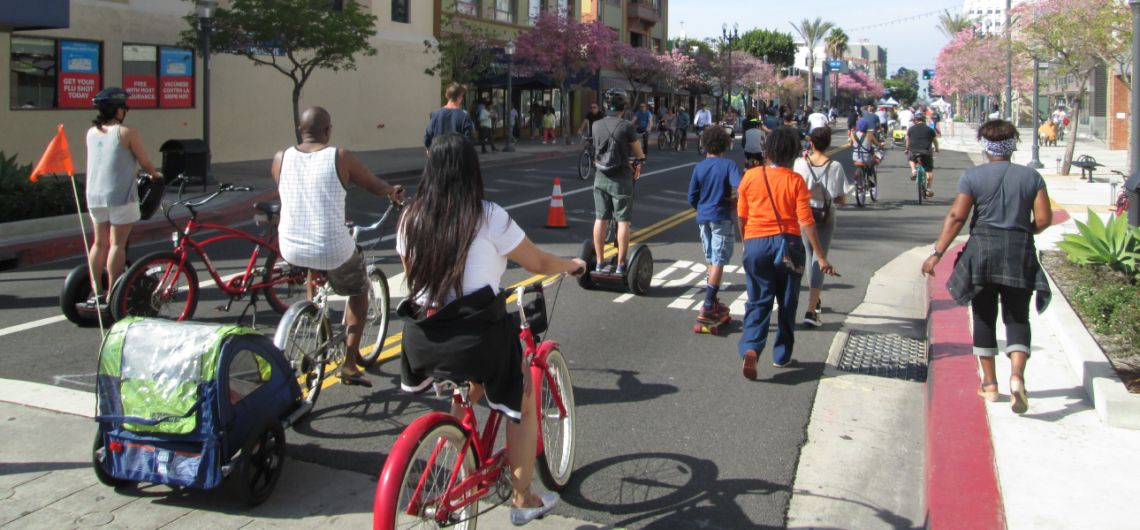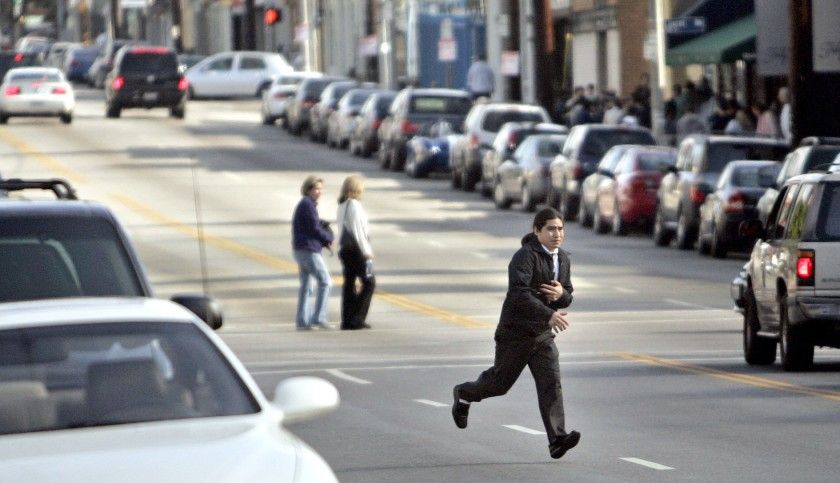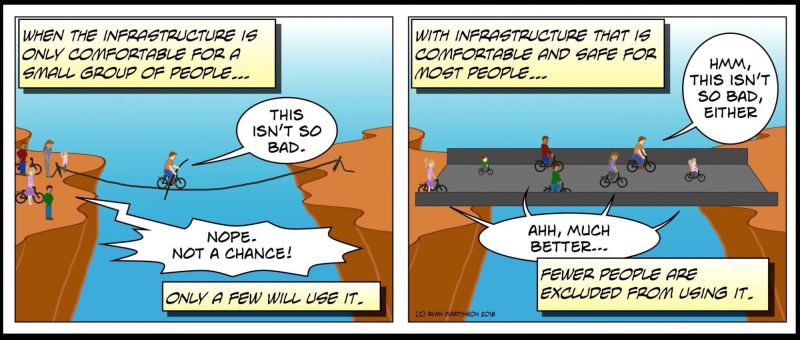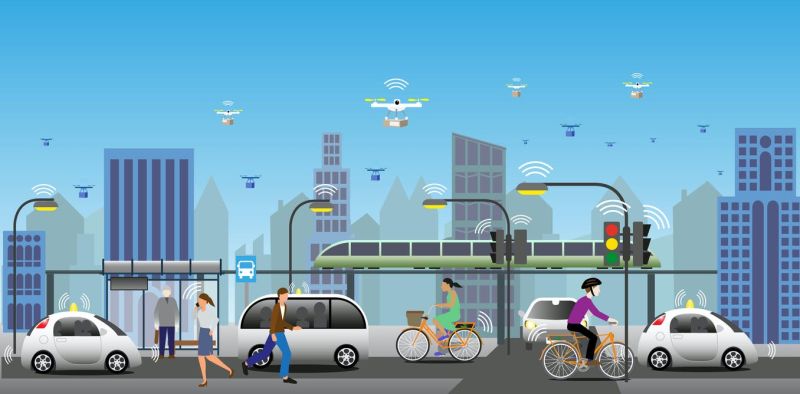How Dubai infrastructure evolved so dramatically in such a short span of time compared to many other countries? In my view, one of the key reasons is the innovators in every aspect of the transportation arena sit together with the plans and finalise the scheme to be built.
However, COVID impacted all of us directly or indirectly. Virtual meetings are providing many possibilities. Necessity prompted a lot of change, not only to adopt technology, but to revamp processes.
As the world emerges from the pandemic, organizations will not be returning to pre-COVID status quo, and it is possible to harness the crisis-mandated energy and flexibility. In addition to mixing virtual and in-person meetings, novel variety can be derived through choice of times, days of the week, location, topic, and format. We shouldn’t assume that because an event wasn’t successful in the past, that it may not be possible in the future.
Post pandemic, the agencies and consultants think of developing creative and innovative ways to recruit and retain employees, particularly after such a massive attack by COVID. That’s how, I retained as a freelancer, will you? 🙂



